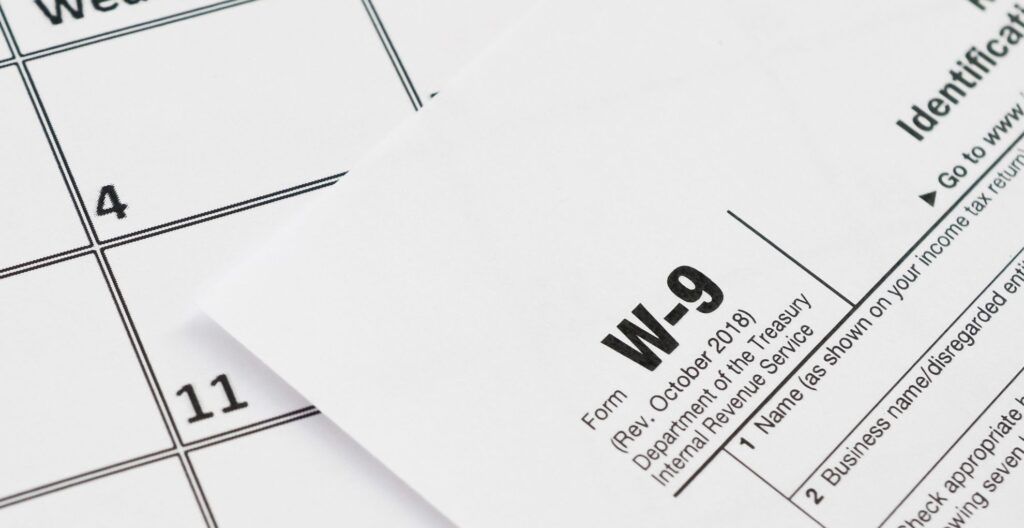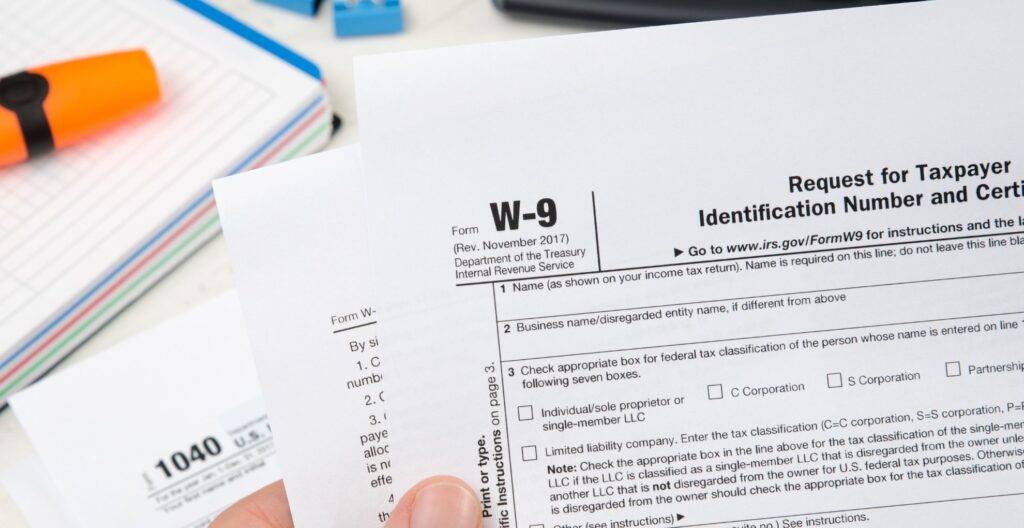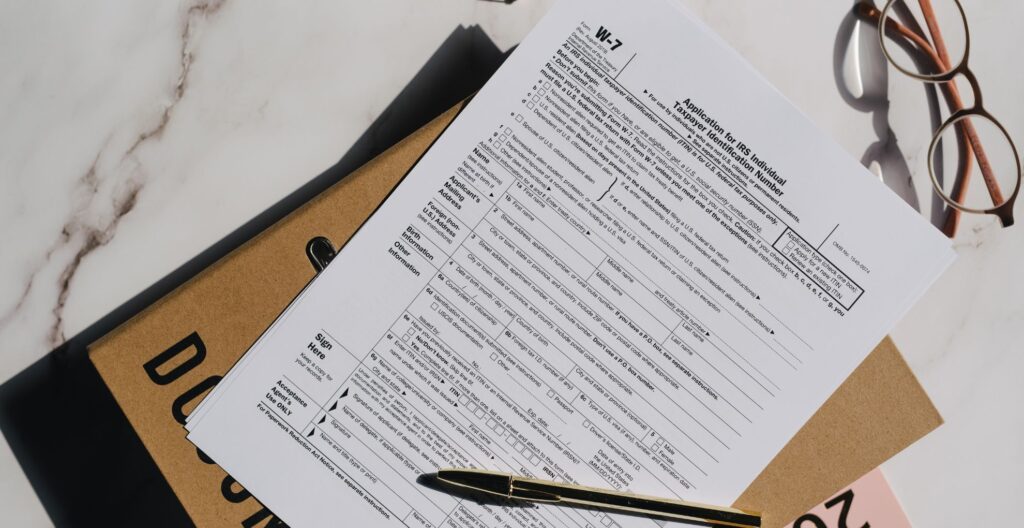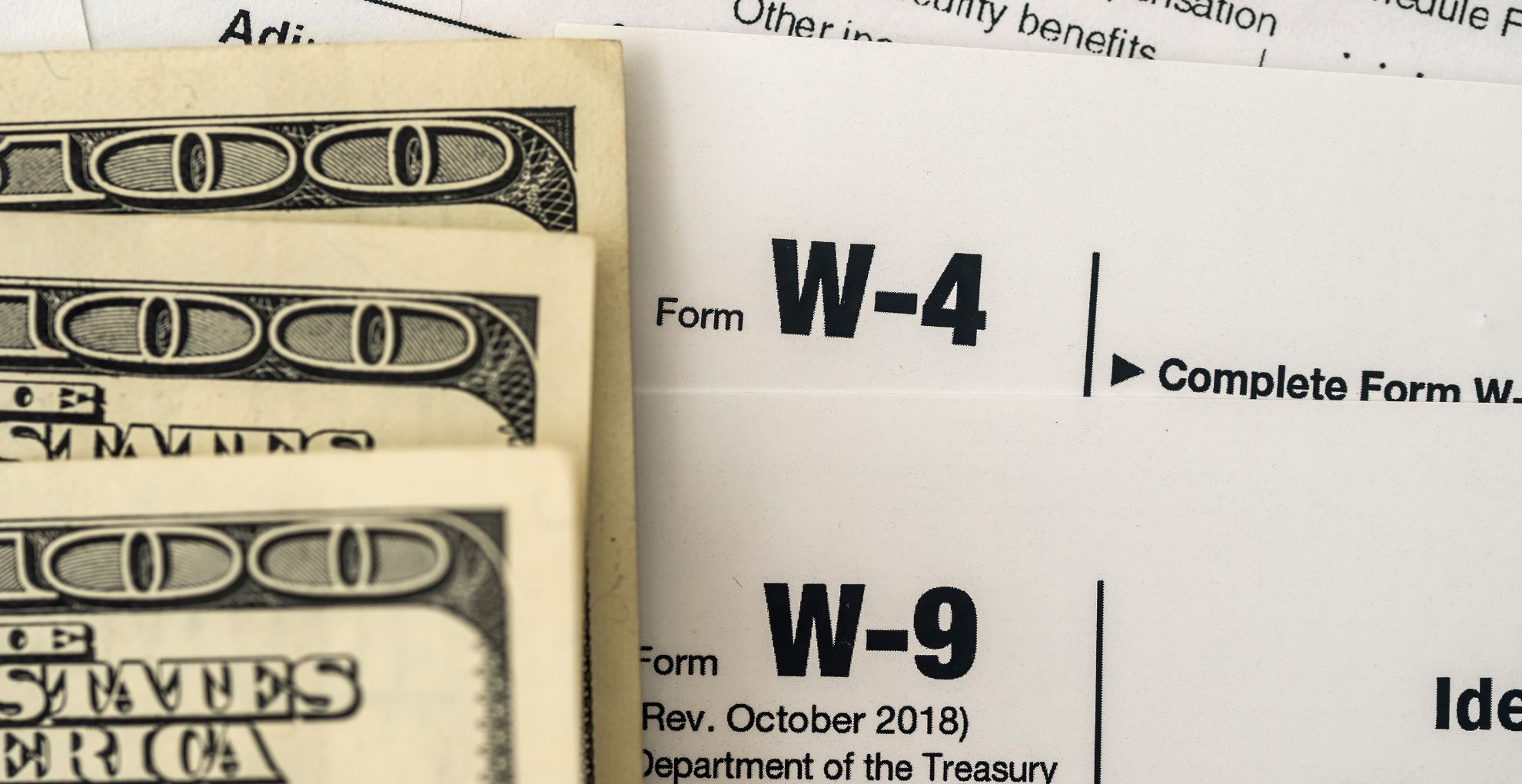The W9 form is a common tax document used in the United States. Many people may have heard of it, especially those who work as freelancers, independent contractors, or run small businesses. While it may seem confusing at first, the W9 is a simple form that plays an important role in how people and businesses report income to the IRS (Internal Revenue Service).
In this article, we will explain what the W9 form is, why it’s used, who needs to fill it out, and how to complete it step by step. By the end, you will have a clear understanding of the form and feel confident filling it out when needed.
What Is a W9 Form?
A W9 form, officially called Form W-9: Request for Taxpayer Identification Number and Certification, is a tax form provided by the IRS. It is used by businesses to collect information from individuals or companies they pay for services or work, but not as employees. This usually includes freelancers, independent contractors, consultants, and even vendors.
The main purpose of the W9 form is to gather the Taxpayer Identification Number (TIN) of the person or business, which is usually a Social Security Number (SSN) or an Employer Identification Number (EIN). This information is then used by the business to prepare a 1099 form at the end of the year. The 1099 form reports how much money was paid to that individual or business during the tax year.
Who Needs to Fill Out a W9 Form?
If you are self-employed, do freelance work, or provide services as an independent contractor, you may be asked to fill out a W9 form by your clients. You are not considered an employee in these cases, so your income is not reported on a W-2 form. Instead, it is reported on a 1099 form, which is why your client needs your W9.
You may also be asked to fill out a W9 if you:
- Work as a consultant or contractor
- Rent out property and receive rental income
- Are part of a partnership, LLC, or corporation providing services
- Are you receiving certain types of payments like royalties or investment income
It is important to note that a W9 is not sent to the IRS by the person requesting it. Instead, it is kept on file in case it is needed when filing 1099 forms or during an IRS audit.

Why Is the W9 Form Important?
The W9 form is important because it helps ensure that income is properly reported to the IRS. When businesses pay non-employees, they must report those payments on a 1099-NEC (Non-Employee Compensation) form. To do this correctly, they need accurate information about who they paid. The W9 form collects that information in a standard format.
For the person filling out the form, it’s also important to provide accurate details. If you provide incorrect information or fail to fill out a W9 when required, you might face penalties from the IRS, including backup withholding, where the business withholds a percentage of your tax payments.
What Information Is on the W9 Form?
The W9 form is only one page long and relatively simple compared to many other IRS documents. It includes the following sections:
- Your Name – The name you use on your tax return.
- Business Name – If you have a different name for your business (like an LLC or DBA), enter it here.
- Federal Tax Classification – Choose the correct classification such as Individual/Sole Proprietor, C Corporation, S Corporation, Partnership, Trust, or LLC.
- Exemptions – Most people can skip this, but some entities are exempt from certain types of reporting or withholding.
- Address – Provide your mailing address where you want to receive tax documents.
- Taxpayer Identification Number (TIN) – Either your Social Security Number (SSN) or your Employer Identification Number (EIN).
- Signature and Date – Sign and date the form to certify that the information is correct.

How to Fill Out a W9 Form – Step-by-Step Guide
Filling out the W9 is quite straightforward. Let’s go through each part step by step.
Step 1: Enter Your Name
Write your full legal name exactly as it appears on your tax return. If you’re filling out the form for yourself and not a business, use your personal name.
Step 2: Enter Your Business Name (If Any)
If you have a business name or operate under a “Doing Business As” (DBA) name, enter that in the second line. If not, you can leave it blank.
Step 3: Choose Your Tax Classification
Check the box that describes how you are classified for tax purposes. Most freelancers and sole proprietors will check “Individual/Sole Proprietor or Single-Member LLC.” If you own a corporation, partnership, or another type of entity, select the appropriate box.
Step 4: Exemptions (if applicable)
This section is mostly for corporations or entities that are exempt from certain IRS rules. Most individuals and small businesses can skip this part.
Step 5: Provide Your Address
Write your full mailing address, including street, city, state, and ZIP code. This is where you may receive important tax documents, such as your 1099 form.
Step 6: Enter Your Taxpayer Identification Number (TIN)
This is a crucial part. If you are an individual, enter your Social Security Number (SSN). If you are a business, you may enter your Employer Identification Number (EIN) instead. Only one of these is needed, not both.
Step 7: Sign and Date the Form
Finally, sign and date the form to confirm that the information is true and accurate. By signing, you’re certifying that your TIN is correct and that you are not subject to backup withholding unless you’ve been notified otherwise.

When Do You Submit a W9 Form?
You only need to submit a W9 form when someone requests it—usually a client or business that is paying you. You don’t send the form directly to the IRS. Instead, the person or company that hires you keeps it on file.
They use the information from your W9 to fill out a 1099 form, which they submit to the IRS at the end of the tax year to report the amount they paid you. So, while the W9 form itself doesn’t go to the IRS, the information on it is important for tax reporting.
What Happens If You Don’t Fill Out a W9 Form?
If you don’t return a W9 form when requested, you may face backup withholding. This means the business paying you is required to withhold 24% of your earnings and send it to the IRS. This is a way for the IRS to still collect taxes when it doesn’t have proper taxpayer information.
Also, not filling out a W9 form properly could lead to penalties or delays in receiving your payments. So, it’s best to take the time to complete it accurately and return it promptly.
More from us: Mastering Payroll Management in Mergers and Acquisitions
Is It Safe to Fill Out a W9 Form?
Yes, filling out a W9 form is safe, as long as you give it to a legitimate requester, like a company or client you trust. Since the form contains sensitive information like your Social Security Number, you should never share it with unknown individuals or companies. Always make sure the request is valid and comes from a source you recognize.
If possible, send the completed form through a secure method, such as encrypted email or a secure online portal.
Conclusion
The W9 form is an important document for anyone working as a freelancer, independent contractor, or self-employed business owner. It helps businesses report your income to the IRS and ensures that taxes are handled properly. While it may look intimidating at first, the W9 is a simple form that only takes a few minutes to fill out.
Make sure to fill it out accurately, use secure methods to send it, and keep a copy for your records. If you ever have doubts, don’t hesitate to ask your client or a tax professional for help. Understanding the W9 form is just one step in managing your finances and staying on top of your tax responsibilities.


